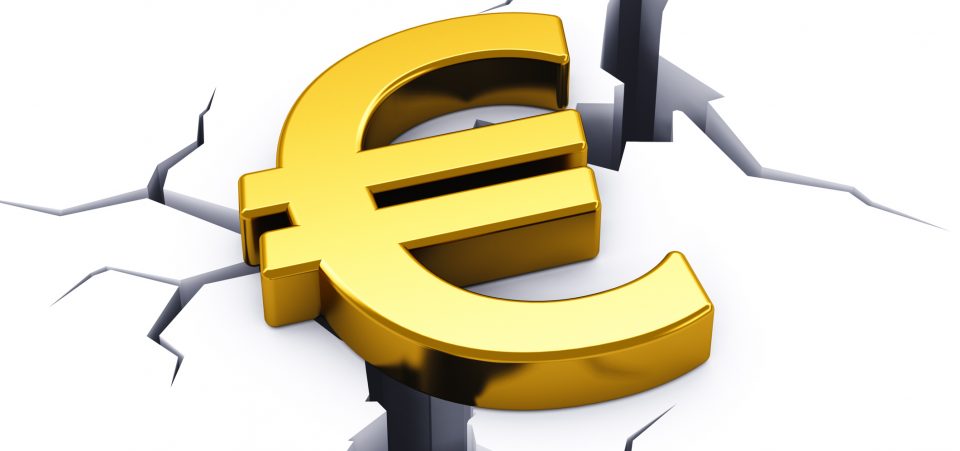Don’t let those soaring key stock indices make you too complacent…we could be on the cusp of a financial crisis.
How could this happen?
The European Bank Crisis
While the American banking sector may be doing fine, the situation is completely different across the globe. Back in 2008-2009, the financial crisis was rooted in the U.S. banks. This time around, the financial crisis will stem from European banks.
Let me explain…
As it stands, the European Central Bank (ECB) is keeping interest rates low—below zero—and printing money. It’s doing what the Federal Reserve did after the financial crisis of 2008 and 2009, only the ECB has been doing it for a long time now.
Why is the ECB still printing money and keeping real interest rates negative? It’s doing so because European banks are in a very bad state.
Italian Bank Bailouts
Not too long ago, the ECB warned that two Italian banks, Banca Popolare di Vicenza and Veneto Banca, could fail. Then, a few days later, we saw something we haven’t seen in a while…Italy was forced to bail out these two banks at a cost of 5.2 billion euros.
Regarding this, Italian Prime Minister Paolo Gentiloni said the government had to rescue the banks to ensure “the good health of our banking system.” (Source: “Italy forced to bail out two more banks for 5.2bn euros,” BBC, June 25, 2017.)
And Italy did something interesting when it saved these banks. The so called “good” assets of these two banks were taken by the Intesa Sanpaolo banking group, Italy’s biggest retail bank. And the government made 12 billion euros available to Intesa in the case of potential losses from these assets.
In simple terms: 5.2 billion euros were an upfront payment; and another 12 billion euros were slated for a line of credit to save the two troubled banks.
But saving the two troubled Italian banks was small potatoes! The Italian financial system still has roughly 350 billion euros’ worth of bad loans—one-third of the eurozone’s total bad debts!
Financial Crisis & a Global System
Thanks to globalization, the global financial system is very interconnected. If one part gets impacted, the whole financial system shakes. This is what happened in 2008–2009. It was the U.S. banks that were in trouble, but the effects were very widespread, impacting the world banking system.
Global banks widely participate in derivatives—contracts between banks. If banks in one country get in trouble and cannot make good on the derivative obligations, the losses could affect the entire financial system. That’s why I think these Italian banks were saved.
But the question remains: how long can the ECB continue with its policy of printing billions of new euros (out of nowhere) every month and keeping interest rates negative before the euro becomes worthless?
I am keeping a close eye on the European financial sector and how it impacts the U.S. banks, as ECB-supported banks are a huge risk to the global economy and financial system.






